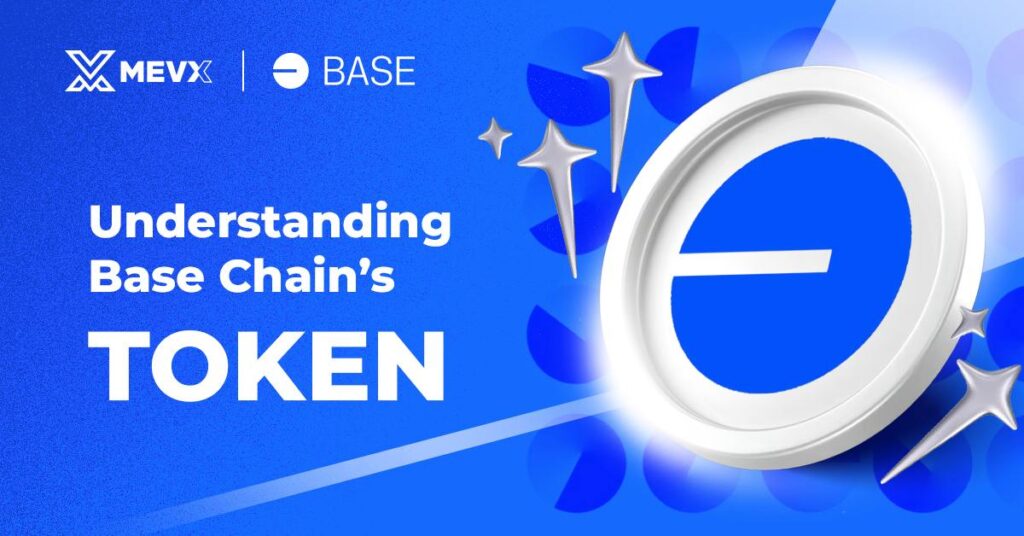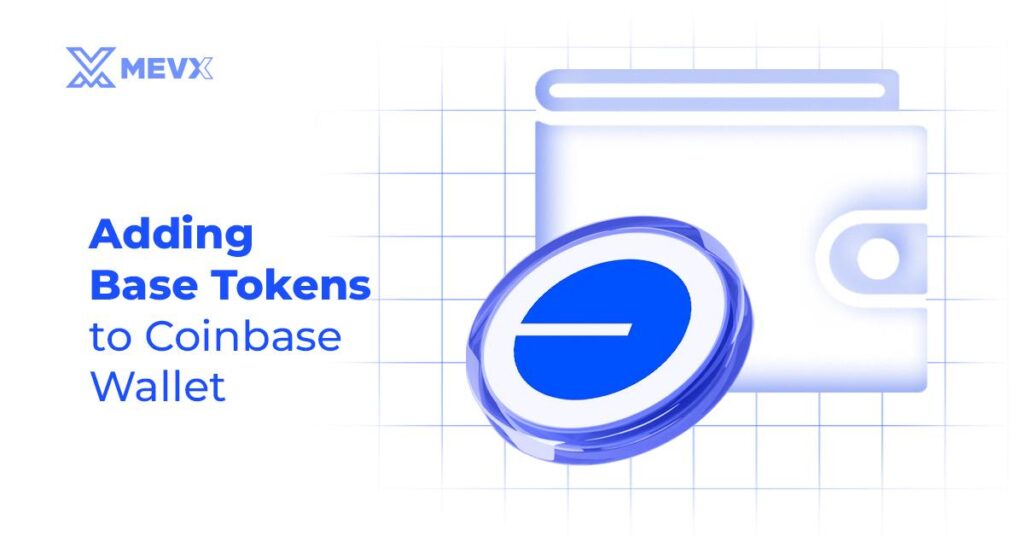As blockchain technology continues to evolve, so does the innovation in token systems. The Ethereum Layer-2 (L2) scaling solution presented by Base Chain-Codec brings in a new token ecosystem toward its broader goals: scalability and interoperability. In this article, find the Base token and its peculiar role in the Base Chain ecosystem.

What Is the Base Token?
The “Base token” refers to any ERC-20 token, which is deployed and operating on the Base Chain. Such tokens leverage the Base Chain for low-cost, scalable, and efficient transaction capacities. Because they are designed to be used within the Ethereum system, Base tokens are very crucial for decentralized finance (DeFi), gaming, non-fungible tokens (NFTs), and many other blockchain-related applications.
Bridging Tokens to Base Chain
One of the core elements of the token economy of the Base Chain is the bridging process. Token issuers who already hold ERC-20 tokens on Ethereum can bridge these tokens to Base through standardized processes.
Steps to Bridge an L1 Token to Base:
- Deploy Your Token on Base: Use the Base standard bridge contracts or the OptimismMintableERC20Factory framework to deploy an ERC-20 token on Base. This ensures compatibility and simplifies the approval process.
- Submit Token Details: Update the Base Token List by submitting a pull request (PR) via the Base team’s GitHub repository. The data.json file for your token should include details for ‘base-sepolia’ and/or ‘base’ environments.
- Approval Process: After the request is submitted, the Base team will review and process the request within 24-72 hours, depending on weekends or holidays.
These bridging steps will onboard the token into the Base ecosystem, enabling it to benefit from lower fees and faster transactions.
To understand more about Base Sepolia, visit Setting Up A Wallet For Base To Start with Base Chain
The Base Token List
The Base Chain refers to the Superchain token list. This allows for easy and seamless operations of tokens within the network. This way, the token issuers maintain compatibility and the accessibility of their tokens.
Key Benefits of Listing Your Token:
- Enhanced Visibility: Your token will be included in the Base Token List, making it highly visible and usable on all Base applications.
- Increased Accessibility: Users can easily use their tokens directly in wallets and dApps.
- Efficient Bridging: The default bridging mechanism reduces friction, allowing for a seamless transfer of tokens.
To explore all Base Tokens, visit the Tokens of Base list.
Adding Base Tokens to Coinbase Wallet
By default, Coinbase Wallet supports all Base tokens, which users can swap, send, and manage with ease. To optimize the display and functionality of the token, the following steps are required by the token issuer:

- Deploy the Token on Base Mainnet: Write and deploy a compliant ERC-20 contract to Base Mainnet.
- Prepare Metadata: Provide a high-resolution logo and asset metadata relevant to your token.
- List of Aggregators: Listing and verifying your token on aggregators such as CoinMarketCap or CoinGecko will ensure that metadata, price charts, and trading information are available in Coinbase Wallet.
Frequently Asked Questions for Token Issuers:
Why does my token appear in the “Newer Tokens” section?
Newly issued tokens with low trading volume are marked as “Newer tokens.” This tag is removed once the token reaches a market capitalization of at least $10 million.
Why doesn’t my token display a price chart?
For Coinbase Wallet to display price charts for a token, it must be listed on CoinMarketCap.
Base Tokens in the Broader Ecosystem
Token Usability:
The Base tokens are very versatile and can be used for the following purposes in different applications:
- DeFi Protocols: Lending, borrowing, and yield farming.
- Gaming: Store, manage, and receive in-game rewards and assets.
- NFT Platforms: Cost-effective creation and trading.
User Benefits:
- Lower Fees: Base transactions are cheaper compared to Ethereum’s Layer-1.
- Faster Transactions: The high throughput on-chain supports faster transaction processing.
- Interoperability: Base tokens remain compatible with Ethereum’s ecosystem, ensuring seamless integration with their existing dApps and tools.
Future of Base Chain’s Token Ecosystem
Scalability, efficiency, and accessibility were built into the Base Chain’s token framework. As the network evolves, token issuers and users can expect:
- Enhanced Decentralization: Progressive decentralization efforts will further democratize the token approval and management processes.
- Improved User Experience: Continued upgrades will simplify token deployment and interaction for both developers and users.
- Broader Adoption: With its cost advantages and strong infrastructure, Base is bound to gain a wide array of token-based projects.
Conclusion
Understanding the Base Chain token ecosystem shows that it plays a vital role in creating a scalable and efficient blockchain environment. Token issuers and users can have maximum leverage in the Base Chain ecosystem by utilizing bridging mechanisms, adhering to token listing standards, and integrating with wallets like Coinbase Wallet. As the platform grows, its commitment to reducing costs, enhancing interoperability, and supporting diverse applications positions Base as a cornerstone of blockchain innovation.
To study deeply on Base, explore more articles from the MevX blog!
Share on Social Media:
